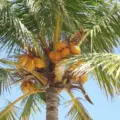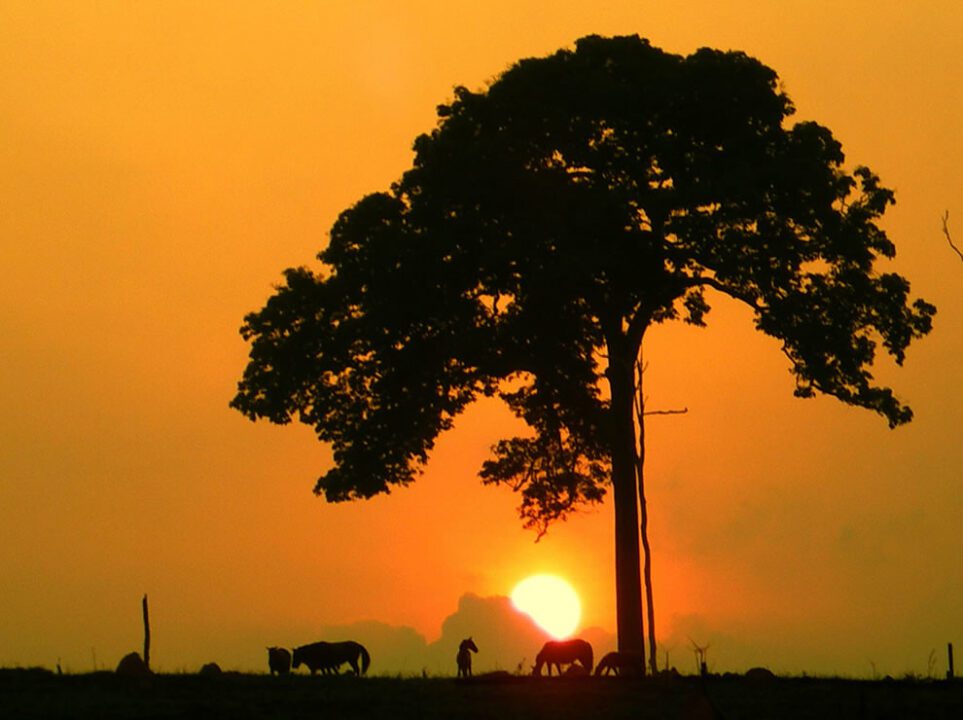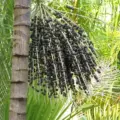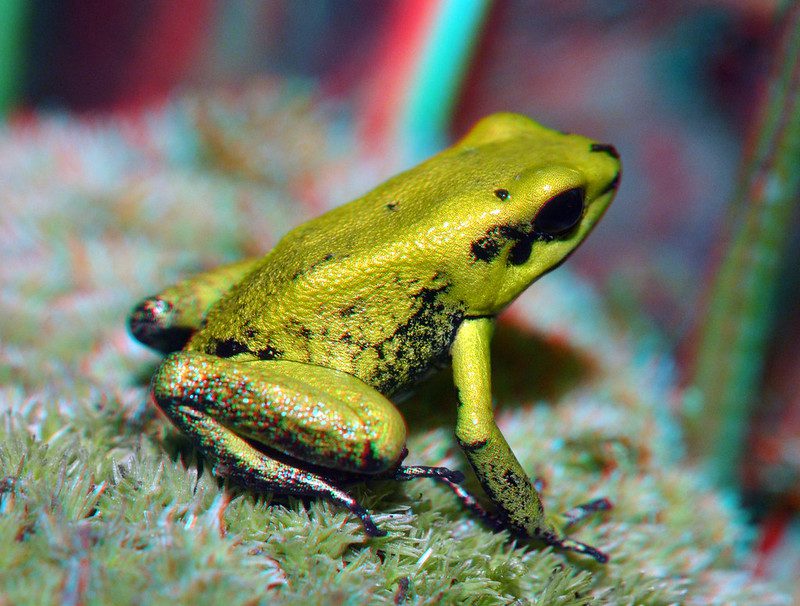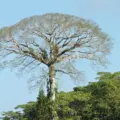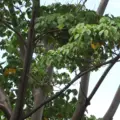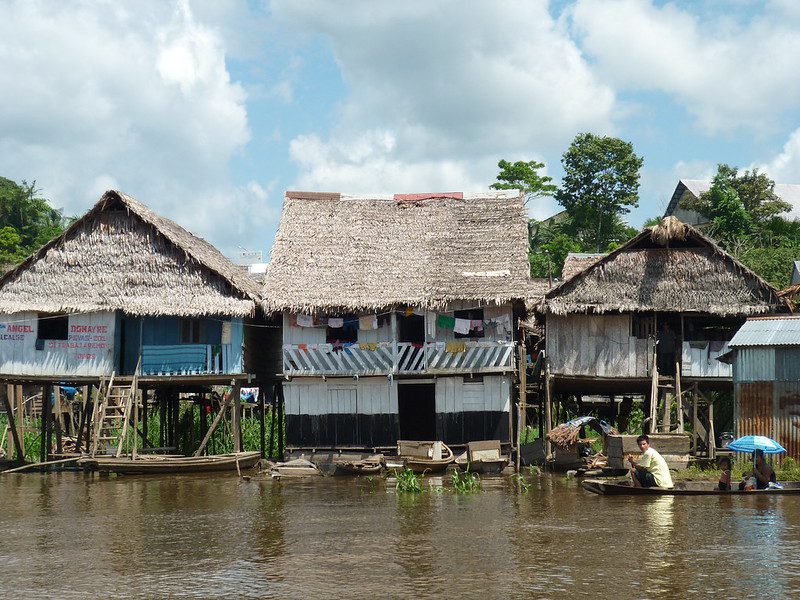The Moriche Palm (Mauritia flexuosa), often referred to as the “Tree of Life,” is one of the Amazon Rainforest’s most fascinating and ecologically vital plants. Found thriving in swamps, wetlands, and riverbanks across the Amazon Basin, this majestic palm plays a central role in the lives of countless animals and local communities. From its nutritious fruit to its impressive water-regulating properties, the Moriche Palm is a symbol of abundance and sustainability in the tropics.
🌿 Botanical Characteristics of the Moriche Palm
Appearance and Growth
The Moriche Palm is an imposing and elegant tree that can reach heights of up to 35 meters (115 feet). It has a tall, straight trunk topped with a lush crown of large, fan-shaped leaves that can grow up to 3 meters in diameter. The tree thrives in flooded or waterlogged soils and often forms dense stands known as “morichales.”
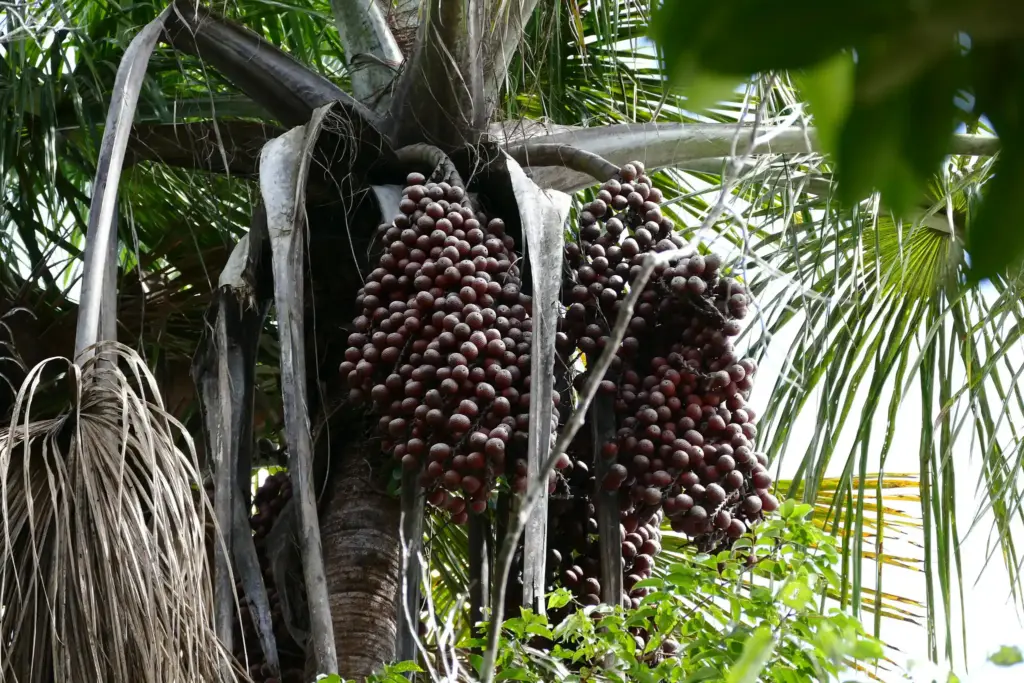
Its bark is smooth and grayish, and it produces thick clusters of flowers and fruit. The palm is dioecious, meaning male and female flowers grow on separate trees. These characteristics make it visually striking and easily identifiable in the wild.
Distribution and Habitat
The Moriche Palm is native to South America, especially the Amazon regions of Peru, Brazil, Colombia, Venezuela, and Bolivia. It prefers humid, tropical lowlands, often in seasonally or permanently flooded zones such as swamps, lagoons, and along rivers.
This palm’s tolerance to flooding and its preference for wet environments make it a keystone species in Amazonian wetlands. Its presence is essential for maintaining the ecological balance of these regions.
🍇 The Fruit of the Moriche Palm: A Nutritional Powerhouse
Physical Characteristics and Harvesting
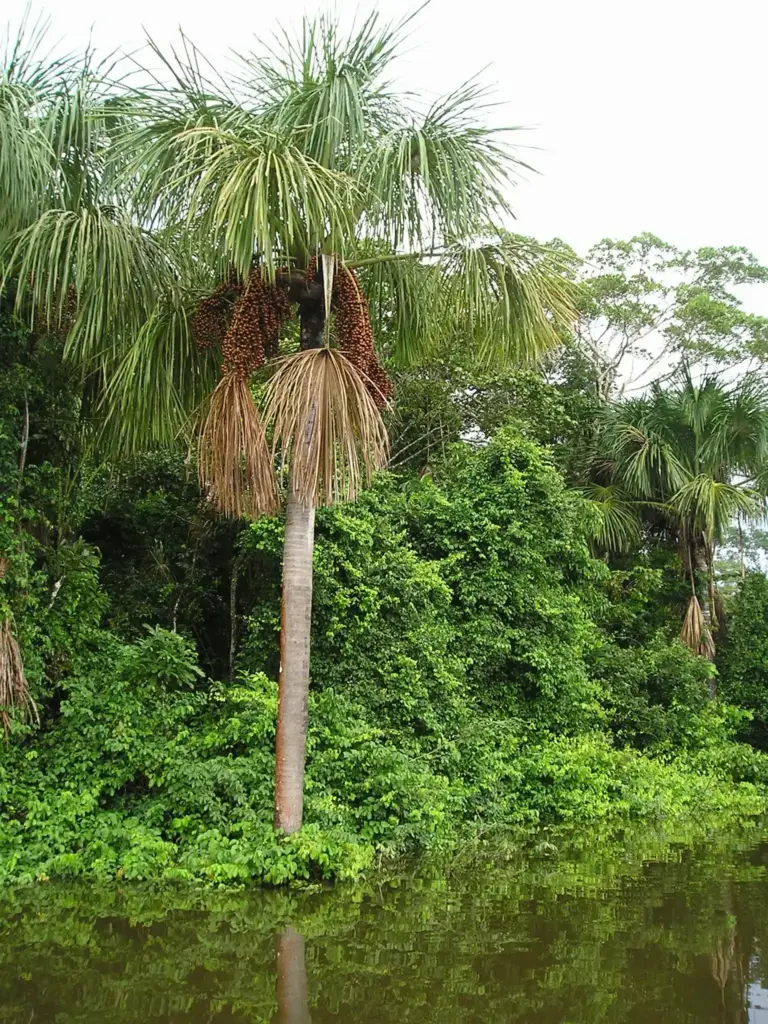
The fruit of the Moriche Palm, often called “aguaje” in Peru or “buriti” in Brazil, is a small, oval drupe with reddish-brown scaly skin. Inside is a rich, orange pulp wrapped around a single seed. This fruit is typically harvested during the wet season when it ripens in large quantities and falls naturally to the ground.
The harvesting of aguaje is often done by hand or with long poles, although sustainable methods such as climbing male trees (which don’t produce fruit) are promoted to preserve the female population and reduce environmental impact.
Nutritional Value and Superfood Status
The Moriche Palm fruit is renowned for its exceptionally high content of vitamins and nutrients, particularly:
- ✨ Vitamin A (beta-carotene) – Higher than carrots!
- ✨ Vitamin C – Boosts immunity and skin health
- ✨ Essential fatty acids – Rare in fruits
- ✨ Fiber – Supports digestion and gut health
Because of its rich nutritional profile, the fruit has gained attention as an Amazonian superfood. It is especially valued for its antioxidant content, which helps protect cells from damage, slows aging, and supports heart health.
🥤 Traditional and Modern Uses of Moriche Palm Products
Culinary Uses
In Amazonian cuisine, the Moriche Palm fruit is used to make delicious and nutritious treats such as:
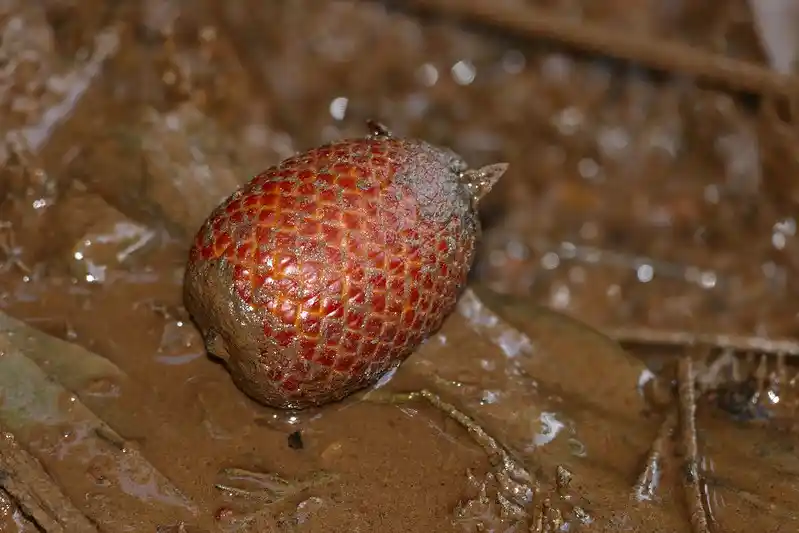
- 🧃 Aguaje juice – Creamy and refreshing
- 🍦 Frozen desserts – Similar to sorbet or ice cream
- 🍞 Pastries and jams – Sweet and tangy flavor
Its unique taste, somewhere between sweet potato and carrot, adds a tropical twist to many dishes. In some regions, the pulp is fermented to make a mildly alcoholic beverage.
Cosmetic and Industrial Uses
The oil extracted from the Moriche Palm fruit pulp is rich in carotenoids and fatty acids, making it an excellent natural ingredient for cosmetics. It is widely used in:
- 💄 Skin creams – For anti-aging and moisturization
- 🧴 Hair oils – Nourishing and conditioning
- 🕯️ Soaps and balms – For hydration and softness
Thanks to its bright color and protective properties, moriche oil is especially popular in natural sun care products. It also supports indigenous and local economies through fair trade and eco-friendly harvesting methods.
🌳 The Ecological Role of the Moriche Palm
Wildlife Habitat and Biodiversity
The Moriche Palm is a vital resource for Amazonian wildlife. Its fruit feeds dozens of species, including:
- 🦜 Macaws and parrots
- 🐒 Monkeys
- 🦥 Sloths
- 🦇 Bats
The tree itself serves as a nesting site for birds like the endangered red-bellied macaw and harbors countless insects and microorganisms in its canopy and trunk. The palm’s ability to host biodiversity has earned it the nickname “Tree of Life.”
Water Regulation and Climate Impact
Because it thrives in wetlands, the Moriche Palm contributes to water purification, groundwater recharge, and flood control. Its dense roots and natural leaf litter help filter toxins and trap sediments, improving water quality.
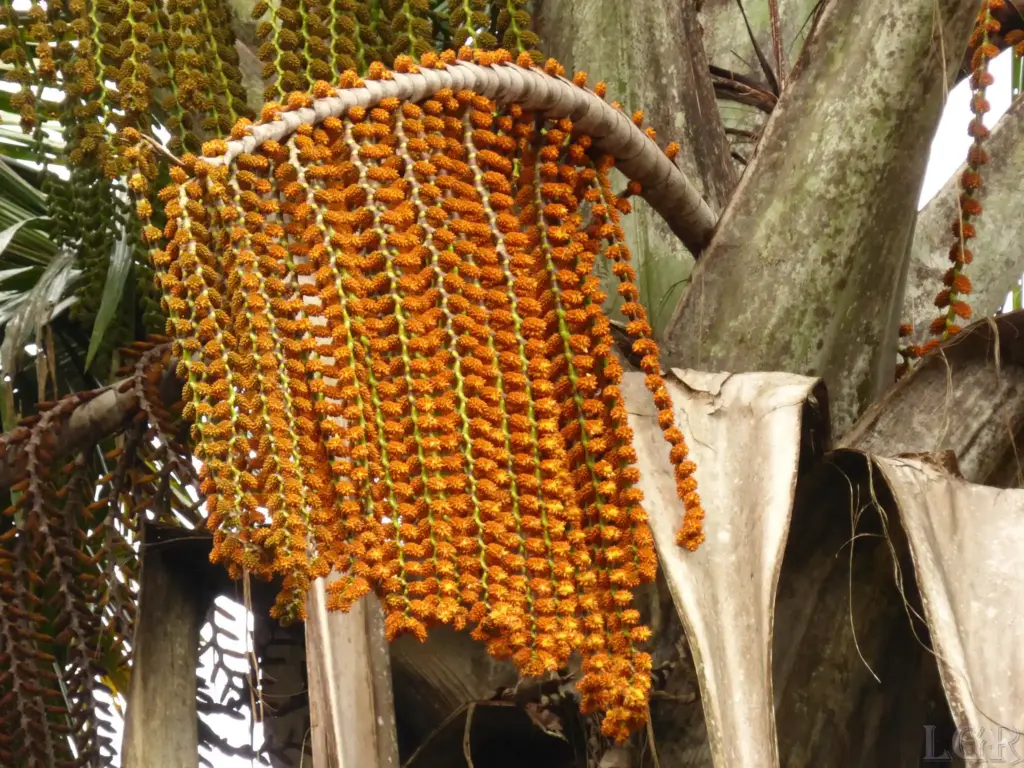
Additionally, as a carbon sink, the Moriche Palm stores large amounts of carbon dioxide, playing a role in mitigating climate change. Protecting morichales can help stabilize local climates and prevent the spread of wildfires during the dry season.
🧬 Cultural Significance and Indigenous Knowledge
Spiritual and Medicinal Importance
For many Indigenous Amazonian communities, the Moriche Palm is not just a source of food and materials—it holds deep spiritual significance. It is often considered a sacred tree and is integrated into traditional stories and rituals.
Medicinally, various parts of the palm are used in traditional remedies:
- 🌱 Leaves – Used in poultices for wounds
- 🌰 Oil – Applied to burns and skin conditions
- 🍂 Fiber – Used for calming teas and infusions
Traditional Uses in Daily Life
Beyond its fruit and oil, the Moriche Palm provides a multitude of materials used in everyday life. Indigenous and rural communities use the leaves for:
- 🏠 Roofing – Durable and insulating
- 🧺 Weaving – Baskets, mats, and bags
- 🧵 Textiles – Thread and fiber from the young leaves
The wood, although soft, is used in light construction and firewood. Every part of the palm has a role, reinforcing its reputation as a multipurpose survival tree in the rainforest.
🛡️ Conservation and Threats
Environmental Challenges
Despite its abundance, the Moriche Palm faces increasing threats due to human activities. The primary concerns include:
- 🛠️ Habitat loss due to agriculture and development
- 🔥 Fires and deforestation in wetland zones
- 🌾 Overharvesting of female trees for fruit
Unsustainable fruit harvesting, where trees are cut down to collect the fruit, dramatically reduces the palm’s ability to regenerate and negatively impacts the ecosystem dependent on it.
Conservation Efforts and Sustainable Use
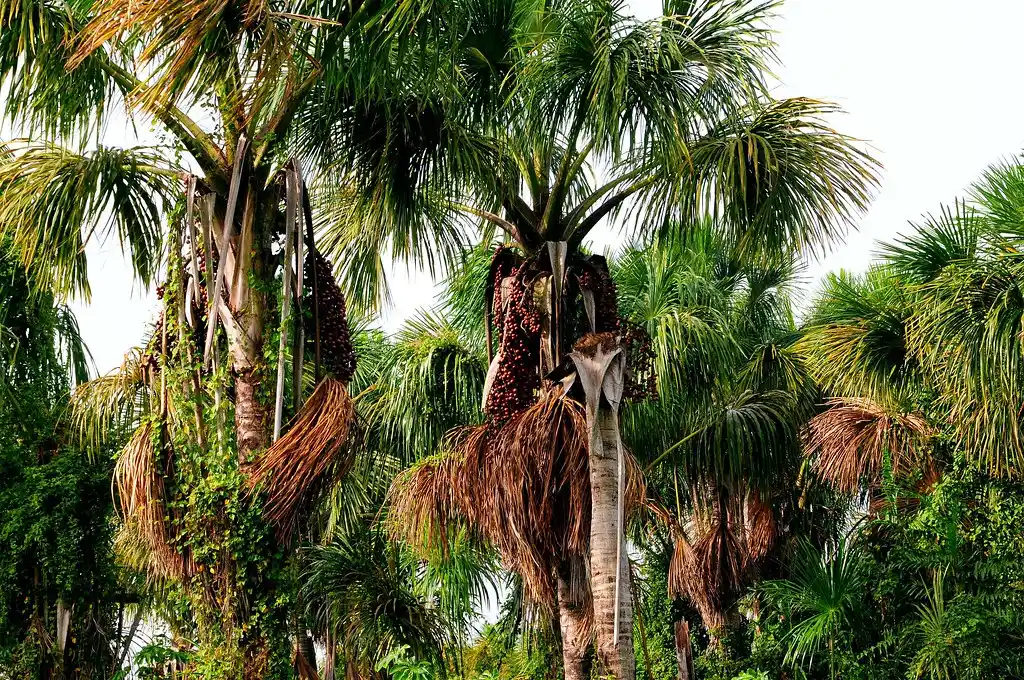
Several sustainable practices have been promoted to ensure the long-term survival of this vital species:
- 🌴 Climbing techniques to harvest fruit without harming the tree
- 🌍 Community-based conservation programs
- 📚 Education on the ecological importance of morichales
These initiatives not only protect the Moriche Palm but also empower local populations to benefit from its resources in a responsible and long-lasting way.
🌟 Curious and Unusual Facts About the Moriche Palm
A Tree That “Bleeds” and Breathes Water
One of the most unusual characteristics of the Moriche Palm is its adaptation to aquatic environments. Its roots are adapted to extract oxygen from waterlogged soils, and its trunks are often surrounded by water for most of the year. It’s a tree that breathes in water and helps others survive the flood season.
Also, when cut, its trunk releases a red-colored sap, often described as the tree “bleeding.” This striking phenomenon adds to its mystical reputation in Indigenous lore.
Climate Change Resilience Champion
The Moriche Palm is increasingly being studied for its potential role in climate change mitigation. Its capacity to grow in flooded, low-oxygen soils makes it a promising species for restoration in degraded wetlands and buffer zones prone to seasonal flooding.
Some researchers even consider this palm a natural “wetland engineer” because of its influence on hydrology and habitat structure, comparable to how beavers shape temperate landscapes.
🧭 The Future of the Moriche Palm
Eco-Tourism and Cultural Education
As interest in sustainable and educational travel grows, the Moriche Palm has become a star in eco-tourism initiatives. Guided jungle tours often highlight morichales, showcasing their ecological value, traditional uses, and edible fruits to visitors. This kind of tourism fosters appreciation for biodiversity and provides an alternative income source for local communities.
Innovation and Agroforestry Potential
Agroforestry systems incorporating Moriche Palm are being explored as a way to combine conservation with food production. These systems allow for:
- 🌾 Sustainable fruit production
- 🌱 Soil and water restoration
- 👩🌾 Support for small-scale farmers and Indigenous landholders
As a climate-resilient plant that offers food, materials, and ecological services, the Moriche Palm is a model species for regenerative agriculture in tropical wetlands.
💬 Final Thoughts: A Tree Worth Celebrating
The Moriche Palm truly lives up to its title as the “Tree of Life.” Its towering presence, nourishing fruits, ecological importance, and cultural reverence make it a treasure of the Amazon Rainforest. Whether you’re sipping a cold glass of aguaje juice, exploring the shaded trails of a morichal, or admiring the wildlife it supports, one thing becomes clear: this palm is not just a tree — it’s a lifeline for the forest and its people.
Let’s celebrate the Moriche Palm not only for what it provides today, but also for its promise to help us build a more sustainable and connected world tomorrow. 🌎🌴
